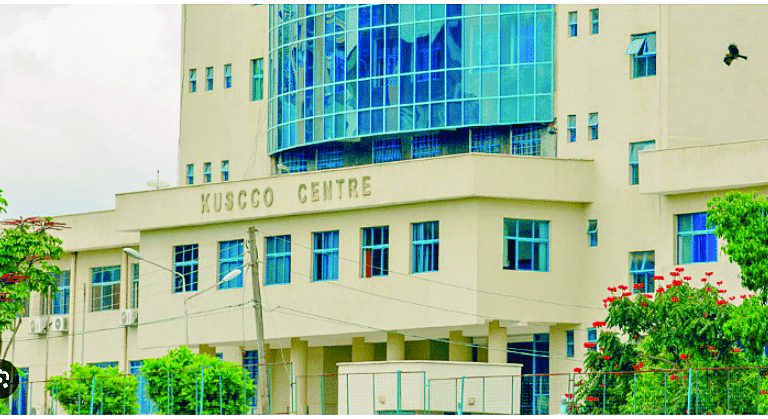Helb decries Sh6b cut in loans meant for students

The Higher Education Loans Board (Helb) has decried the more than Sh6.1 billion in budget cut from the exchequer, saying the cumulative slashes in the last two financial years, have affected its ability to effectively loan out to university learners.
As a result, coupled with unpredictable and often delayed disbursements by the National Treasury, Helb officials yesterday said an estimated 142,361 students are now affected and are at risk of losing out on such advances if the government doesn’t intervene in good time.
“We continue to make an appeal that unutilised funds be made available if we are to address the shortfall,” said Helb’s Chief executive Charles Ringera, adding that cash crunch at the board has seen students in public universities and technical and vocational education and training (TVET) colleges miss State loans.
Consultative forum
He was speaking during the launch of the Helb Mobile Wallet and Helb M-Pesa Mini App. In partnership with Safaricom, at this year’s universities consultative forum. About 53 per cent of Helb budget is funded by Kenya’s exchequer and 47 per cent from loan recovery efforts, with the latter proving a contest for the institution.
The education body, according to Ringera is now courting private sector institutions including foundations to raise enough cash in an effort to bridge the prevailing deficit. “We have since raised about Sh2.1 billion from these partners – about 40 of them, outside the treasury funding which has benefitted 55 students,” he stated.
The revolutionary HELB Mobile Wallet will see students receive student loans direct to their M-PESA account, as well as withdraw funds, repay loans, apply for subsequent loans, view their loan status and access their statements all from an Android and iPhone app.
To date, Helb approximates that Sh147.5 billion has been disbursed in terms of students’ loans in the last 10 years.
And while the repayment process (from borrowing students) has been a challenge to the institution – at the rate of 50.11 percent, non-performing loans advanced to former university students as well as reduced Treasury allocation, has seen the firm’s ability to meet its obligation brutally limited.












